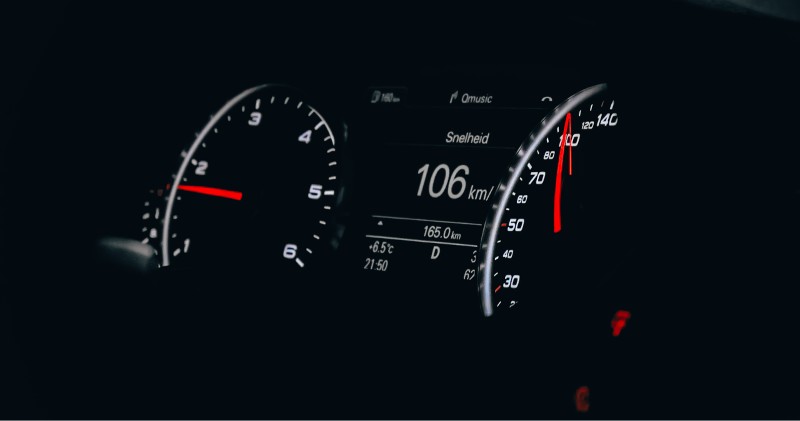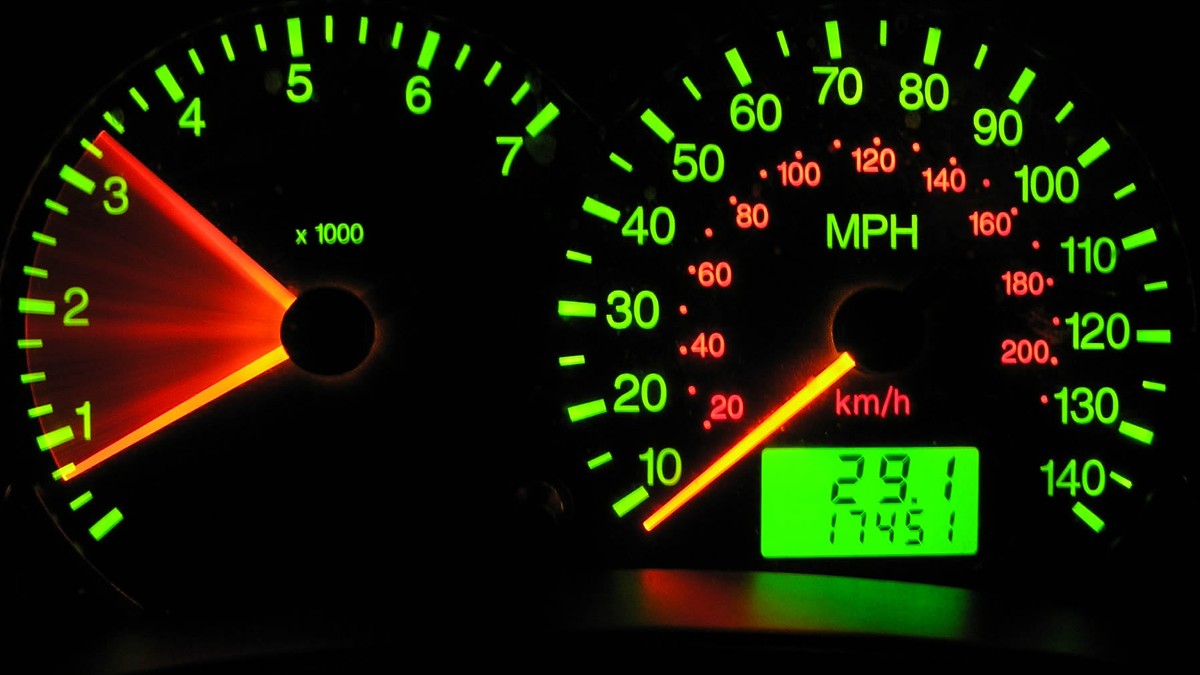The instrument cluster of a car contains several important instruments that give drivers important information. Three such instruments are the speedometer, odometer, and trip meter. Many car owners don’t know the difference between these components, and if you are one of such drivers, you’ve come to the right place.
Speedometers track how fast a car is moving, odometer tracks the total distance traveled by car, while trip meters measure distance traveled between trips. The information provided by these three instruments is of great value to car owners.
Odometers, speedometers, and trip meters are usually located on the dashboard or instrument cluster where a driver can take a quick glance at them without losing concentration. Anyone who has ever driven a car is bound to be familiar with the speedometer and odometer. The trip meter is likely the one most people are less familiar with.
However, we’ll be discussing all three instruments and the differences between them for educational purposes. So, continue reading to learn more about these important instruments.
Understanding The Odometer, The Mileage Tracker
An odometer tracks mileage which is the total distance traveled by car. Designed to be non-resettable, an odometer will track mileage through the vehicle’s lifetime.
There are several important reasons for tracking the mileage of a car, and one of such reasons is to know the level of work the engine has been subjected to. And this is usually considered when buying a used car. A 5-year-old vehicle with 5,000 mileage will be considered better than a 2-year-old car with 10,000 mileage.
It’s a crime to tamper with the odometer of a car, something that happens as people reduce the readings on the odometer to increase the value of the car. It’s more difficult to tamper with digital odometers than mechanical odometers which are typically found in older cars.
A car’s mileage can also be used to track fuel economy, which is the rate at which the vehicle consumes fuel. Also, mileage can be used for maintenance practices such as oil changes or servicing the engine.
Your car insurance may also require you to track mileage, especially if you are using a mileage-based car insurance plan. Doing this allows you to know when to get a top-up or when to drive less to avoid exceeding the current limit of your plan.
Odometers can be digital or mechanical. Mechanical odometers are something of a dying breed as modern cars now favor digital odometers, which use an optical or magical sensor connected to the transmission of a car to calculate mileage. For mechanical odometers, mileage is calculated by an output shaft attached to the transmission.

Understanding The Speedometer – The Instrument That Measures Speed
The speedometer is designed for only one purpose, and that is to measure the speed a car is traveling at. The speedometer starts reading the moment the car is in motion and goes back to zero when the car comes to a complete stop. So, unless the car is moving, the speedometer reading will always be at zero.
Without speedometers, drivers would have no idea of how fast they are moving. So, a speedometer allows drivers to know their current speed to allow them to drive safely to avoid accidents. Also, speedometers allow drivers to travel within speed limits. If you go above the speed limit, you may be flagged down by an officer of the law and receive a warning if you are really lucky. If Lady Luck isn’t smiling at you, you may be charged and fined.
Understanding The Trip Meter
The trip meter, also called the trip odometer, is an instrument some drivers may not be familiar with, especially those that drive older cars. Modern cars generally have trip meters because of how easy it is to incorporate them since they are usually digitized.
The function of a trip meter is to record distance making it similar to an odometer. However, the trip meter is resettable. You can always reset the trip meter back to zero whenever you want.
Some cars tend to come with two independent trip meters, which are usually designated Trip A and Trip B. Having two independent and resettable trip meters is advantageous to drivers as they can use the two meters for different purposes.
For example, Trip A can be used to monitor the total distance traveled in a day or in a week. At the end of the day or week, the trip meter can then be reset after taking note of the distance traveled. Trip B, on the other hand, can be used for other purposes, such as tracking the total distance traveled between fuel refills. This can give drivers insight into how far they can travel on a full tank, half tank, or a particular amount of fuel. Drivers will know whenever there’s a change in the rate at which the engine is consuming fuel or if the fuel obtained from a different source is of lower or higher quality.
Differences Between Speedometer, Odometer, and Trip Meter
As discussed above, the difference between these three instruments is their function. Below is a table to simplify the differences.
| Speedometer | Odometer | Trip Meter |
| Tracks the speed at which you are driving. | Tracks the total distance traveled by the car and the latest displayed figure is the current total mileage of the car. | Tracks distance between trips and is resettable. |
| The maximum reading can be 140 or 160 miles/hour or even higher for more powerful cars. | Typically have six (999,999) digits. | Typically have five or fewer (99,999) digits. |
| There’s usually only one speedometer. | There’s usually only one odometer. | There might be more than one trip meter. |
| Resets to zero when the car isn’t moving. | Stays at the latest count and increases as the car travels. | Tracks distance between trips but is easily resettable. |
| Speed is measured in Miles per hour or kilometers per hour. | Distance is measured in miles or kilometers. | Distance is measured in miles or kilometers. |

